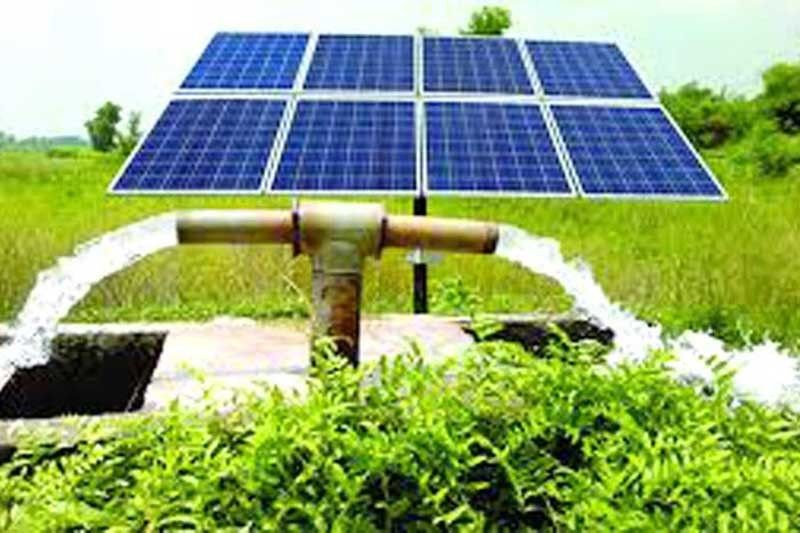Green energy eyed to power agri sector

MANILA, Philippines — At the heart of every initiative of the Department of Agriculture is the farmer. Apart from the department’s goal of achieving food security, DA safeguards the livelihood of the men and women who contribute to the country’s supply of food. For farmers and fisherfolk, access to technologies is a major consideration for the sustainability of their practice.
As an archipelago made up of more than 7000 islands, the economic experiences of farmers and fisherfolk sit at polar opposites. Access to specific farming inputs, from clean water to a steady supply of electricity, varies greatly depending on location. With climate becoming more unpredictable, so does the economic status of farming communities.
DA acknowledges the actuality of smallscale farmers and fisherfolk making up most of the sector’s stakeholders. While at first glance it may seem to be a serious problem, it could also be a window to an opportunity.
In other parts of the world, under-developed communities such as those in East and West Africa are empowered by the local government and private entities through the introduction of off-grid agricultural technologies powered by renewable energy.
In order to see firsthand how this works, the Bureau of Agricultural Research, through funding support from the Southeast Asian Regional Center for Graduate Study and Research in Agriculture sent two of its top officials, Assistant Director Digna Sandoval and Applied Communication Division head Julia Lapitan, to the “Eilat Eilot International Renewable Energy Conference” in Dan Eilat, Israel. This bi-annual event is hosted by the company that bears the same name and it highlights the best and the ground-breaking initiatives on renewable energy.
Despite only having 20 percent of its total land area is to be considered naturally arable, Israel maintains its status as a country that produces and exports its own agricultural commodities. This is made possible through technological innovations in the field of agriculture and renewable energy.
In the conference, policymakers from the international community met with investors, entrepreneurs, scientists and industry leaders. This year, the conference put a spotlight on off-grid and smart-grid technologies powered by renewable energy.
Green energy is generated by harnessing energy from natural resources such as sunlight, wind and flowing water. They are otherwise known as renewable energy since it can be readily available and sourced out from nature whenever it is available, unlike fossil fuels whose availability diminishes as it is further used and exploited.
Fossil fuels are harnessed through heavy machinery done by big corporations while renewable energy can be harnessed both in a commercial scale and small scale. Green energy is available even in rural and remote areas.
During their visit in Israel, Lapitan and Sandoval attended a series of panel discussions that showcased the best in agricultural technologies and farming systems which are considered as off-grid. One example is Irrigation by Condensation which is a technology developed by ROOTS Sustainable Agricultural Technologies. The system is made up of interconnected pipes, through it flow cold water which condenses the humidity in the air surrounding the pipe, thereby creating a continuous supply of water for irrigation. The cooling machine that refrigerates the flowing water inside the pipes is solar powered.
Also made possible by green energy are fresh water irrigation systems for communities who only have access to saltwater. Among the off-grid technologies showcased is Tethys Solar Desalination, a water treatment solution that directly uses the heat harnessed from the sun’s rays in processing salty or contaminated water into clean water. The desalinating machine is scalable; it doesn’t use electricity, and is built using recycled raw materials.
- Latest





























